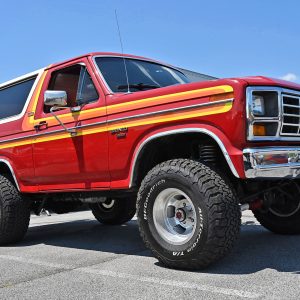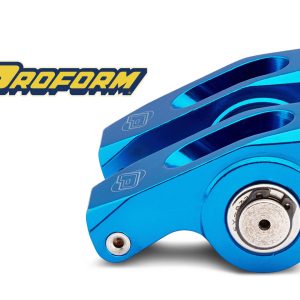Builds

Hot rod history hit overdrive at the 2025 Grand National Roadster Show, celebrating its 75th anniversary with a killer lineup in Building 9. The big deal? A special exhibit packed with a gathering of America’s Most Beautiful Roadster (AMBR) and Al Slonaker Memorial Award winners. Teaming up with the Petersen Automotive Museum, GNRS pulled together some of the most legendary roadsters ever to roll out of a garage.
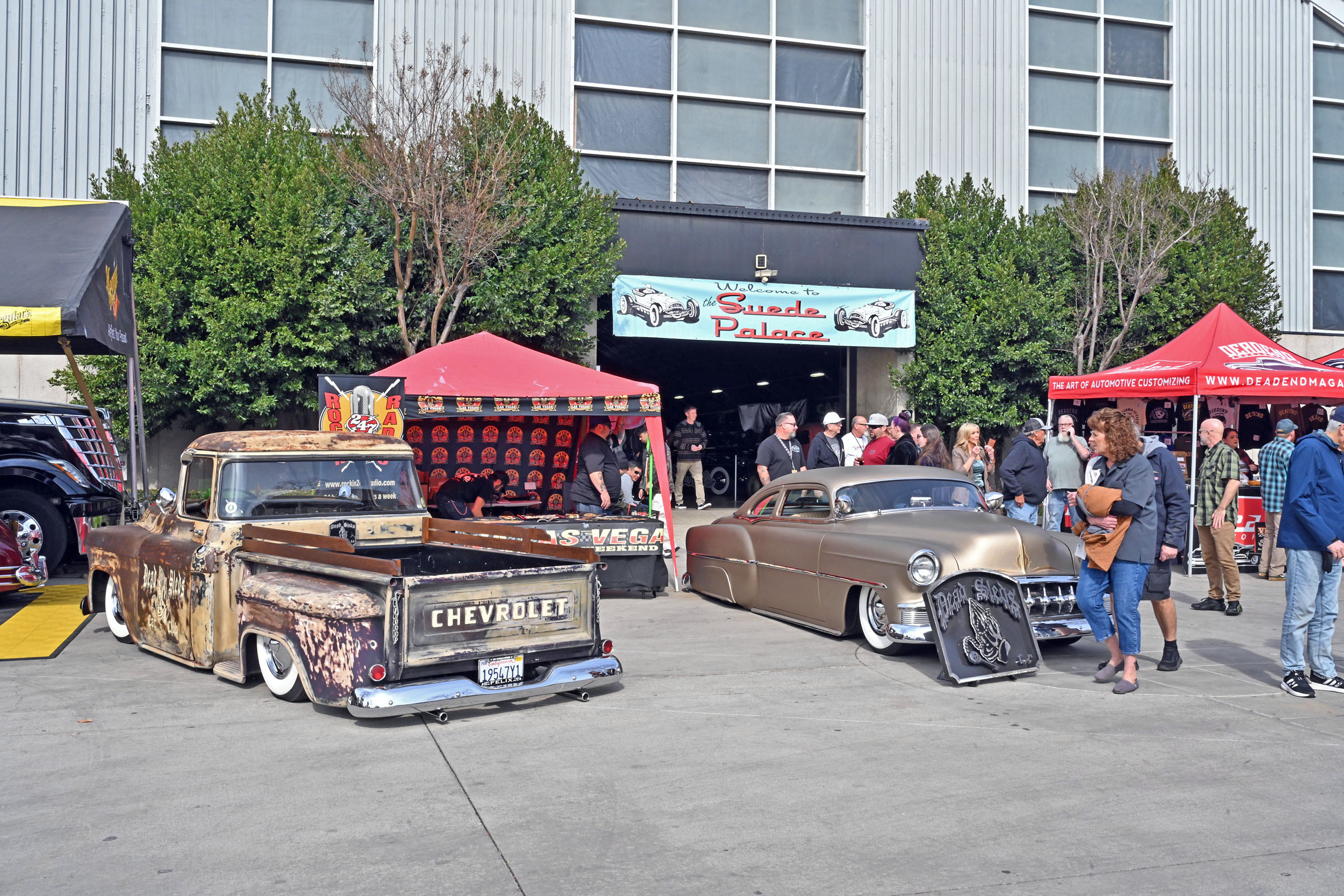
The Suede Palace at the 2025 Grand National Roadster Show was, as always, the ultimate hotspot for anyone who lives and breathes traditional hot-rodding. Tucked into Building 10 of the Pomona Fairplex, this gathering wasn’t about high-dollar billet builds or over-polished show queens—it was a raw, authentic tribute to the early days of hot-rodding, where creativity, attitude, and a little grease under the fingernails mattered more than a six-figure paint job.

The mastermind who turned wild ideas into rolling legends. At the 2025 Grand National Roadster Show, organizers pulled out all the stops to honor what would have been his 100th birthday, showcasing some of his most legendary and jaw-dropping creations.
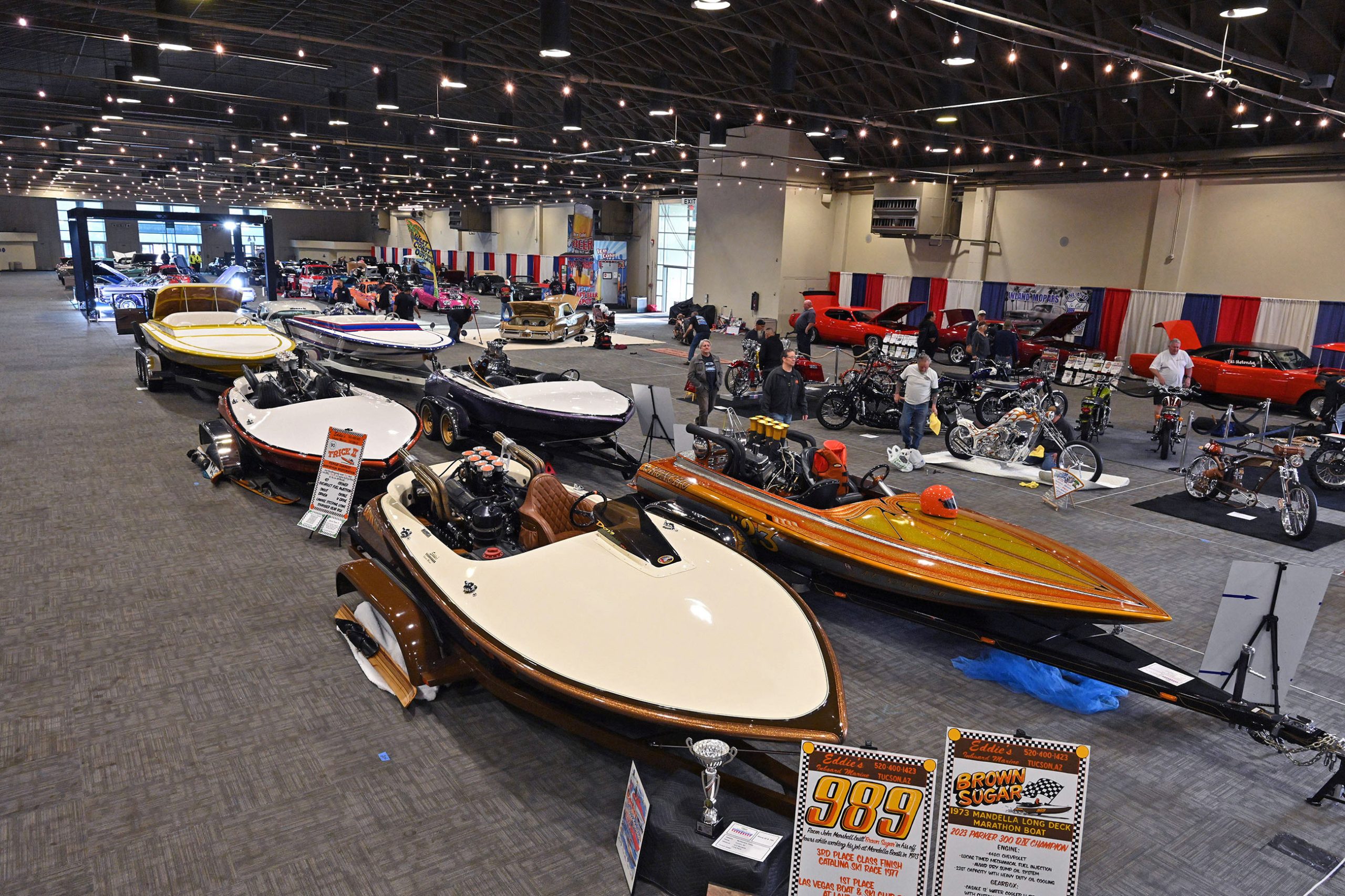
If you thought the Grand National Roadster Show was just about hot rods and customs, think again. Tucked away in Expo Building 8 was a full-blown horsepower fest on water, with a killer lineup of vintage drag boats, Grand National circle racers, and custom-built speed machines that make as much noise as they do waves. If you love anything that rips, this was the place to be.
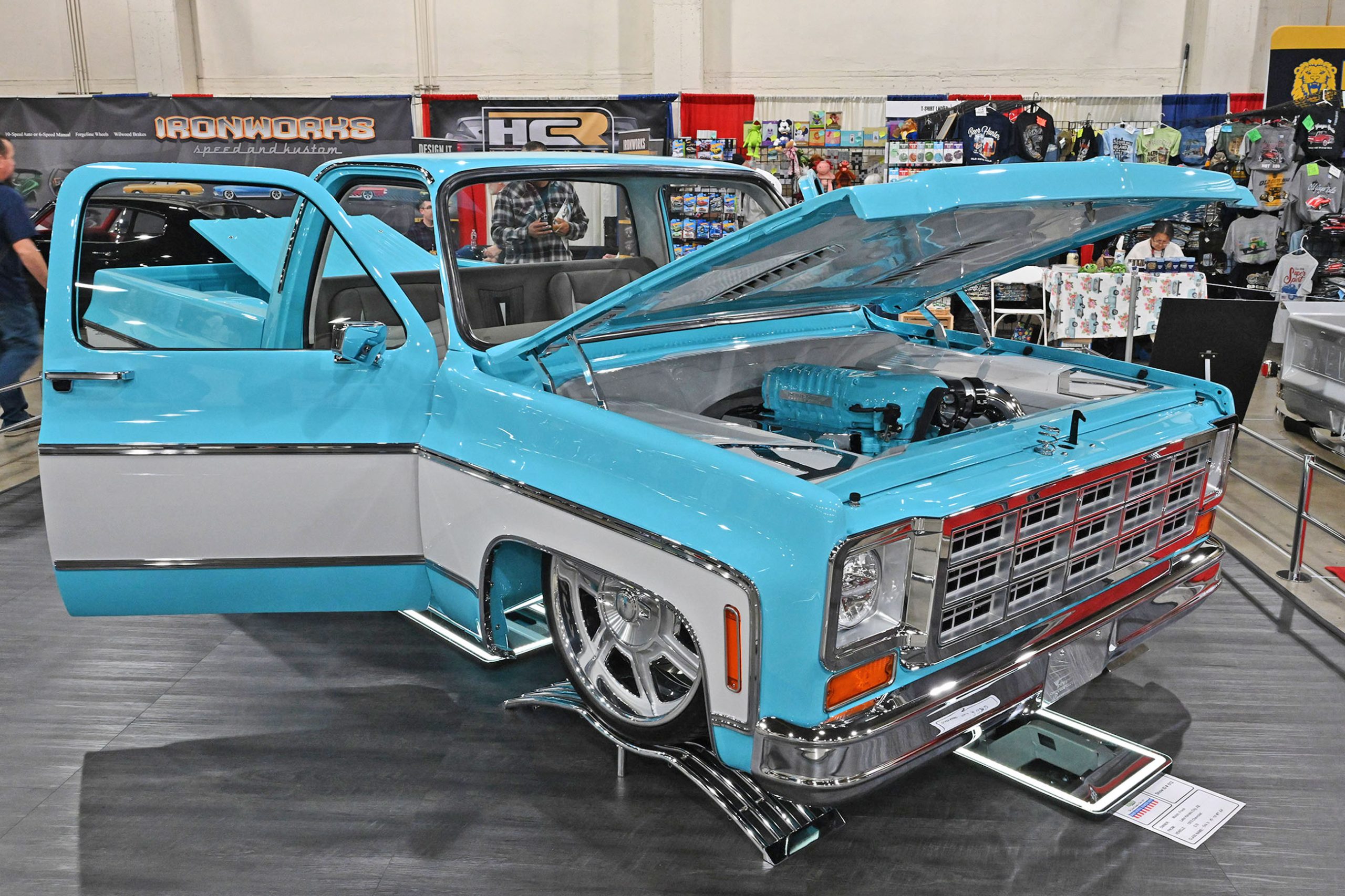
Hot rodders used to scoff at the idea of trucks stealing the show. Now? They’re the stars. The 2025 Grand National Roadster Show (GNRS) proved that trucks aren’t just workhorses anymore—they’re rolling showcases of power, design, and straight-up cool factor. Whether slammed to the pavement or built for full-throttle performance, trucks have carved out their own space in the custom scene, and this year’s GNRS made it clear: the truck takeover is real.
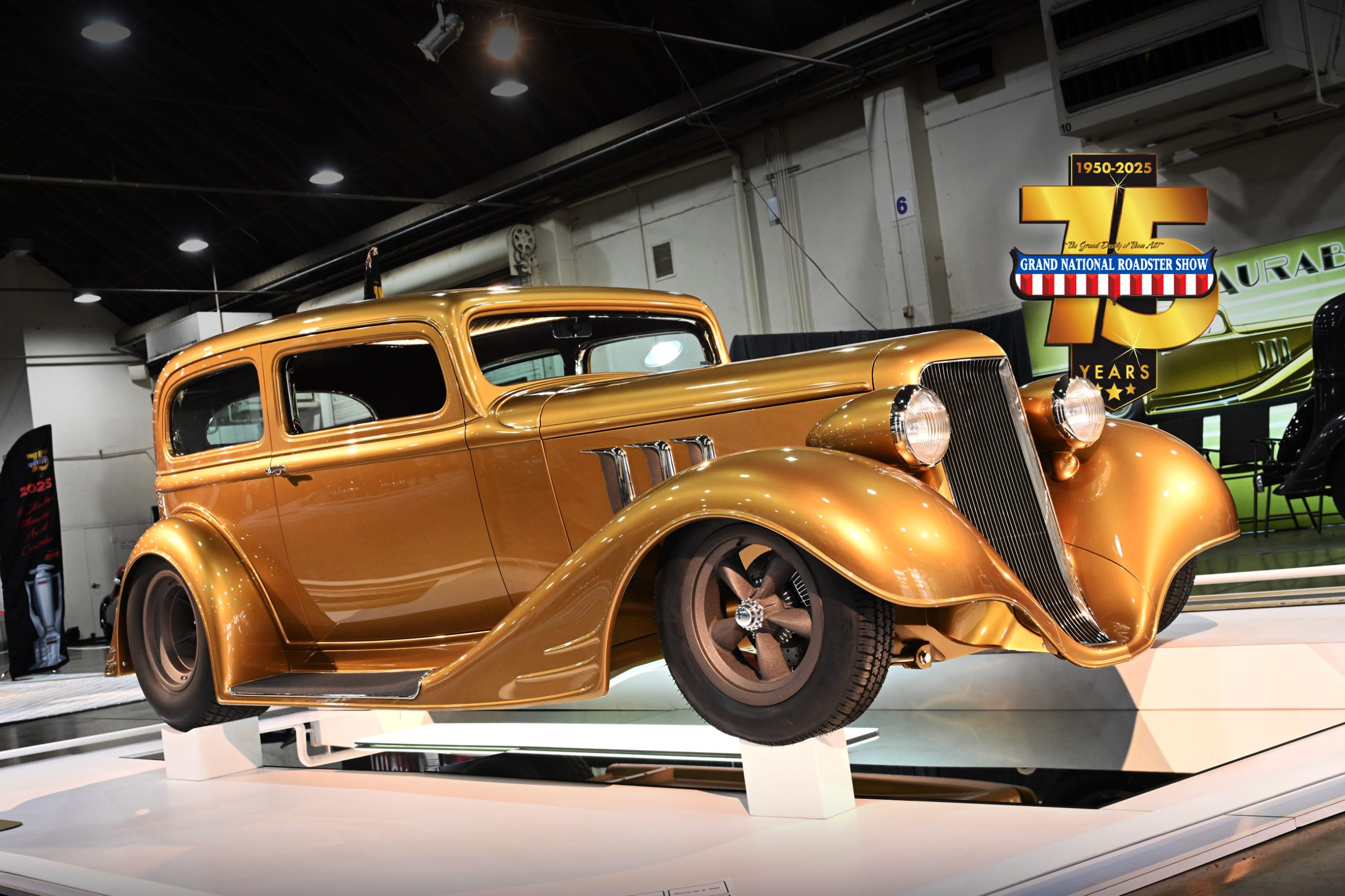
The 75th annual O’Reilly Auto Parts Grand National Roadster Show, presented by Meguiar’s, went full throttle this year, bringing out some of the most insane custom cars the hot rod world has ever seen. Sure, the AMBR award gets all the press, but the real hardcore builders know that the Al Slonaker Memorial Award is where true engineering battles happen. This isn’t just about looking pretty—this is about pushing the limits of fabrication, design, and flat-out mechanical genius.
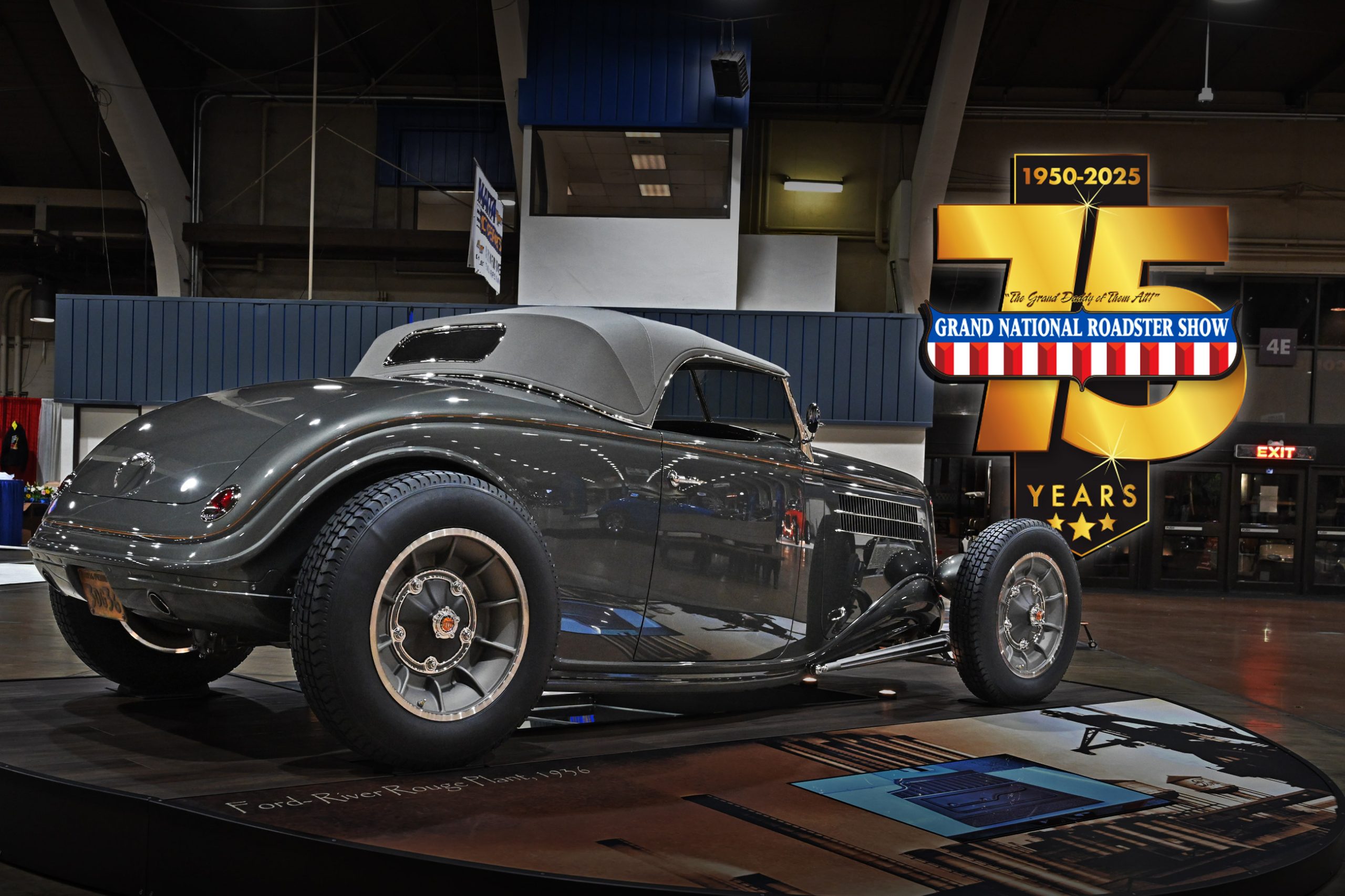
The 75th annual O’Reilly Auto Parts Grand National Roadster Show, presented by Meguiar’s, once again proved why it’s the crown jewel of indoor car shows. From January 31 to February 2, the Pomona Fairplex was loaded with the meanest, cleanest roadsters in the country, all gunning for the top prize: the America’s Most Beautiful Roadster (AMBR) Award. This wasn’t just some polished-up car show—this was a throwdown of craftsmanship, power, and pure hot rod passion.
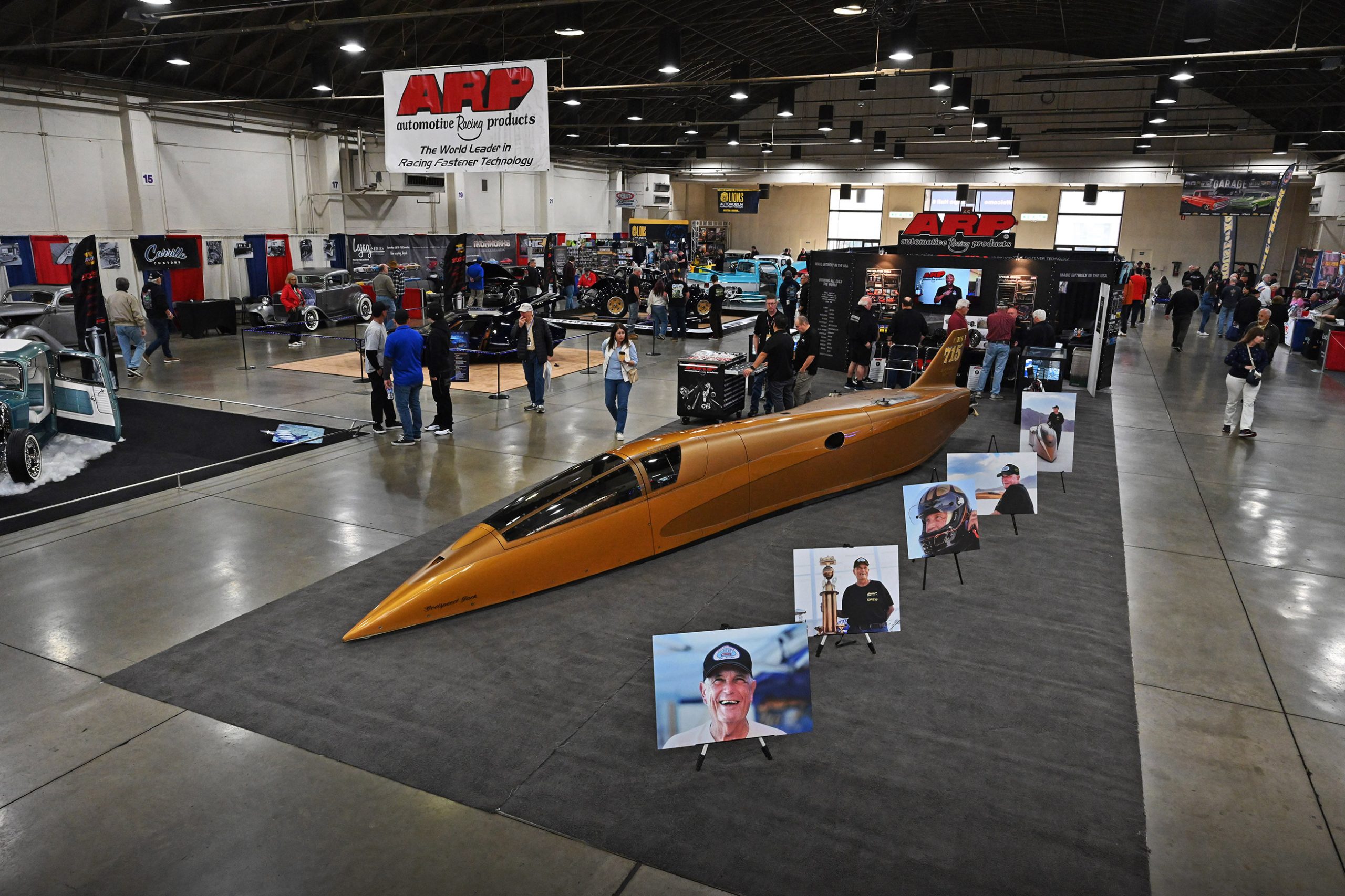
The 75th Annual Grand National Roadster Show went down from January 31 to February 2, 2025, and for those who live and breathe speed, this one hit different. ARP Racing Products turned their booth into a full-blown tribute to land speed legend George Poteet, who passed away last year, leaving behind a legacy that continues to inspire.
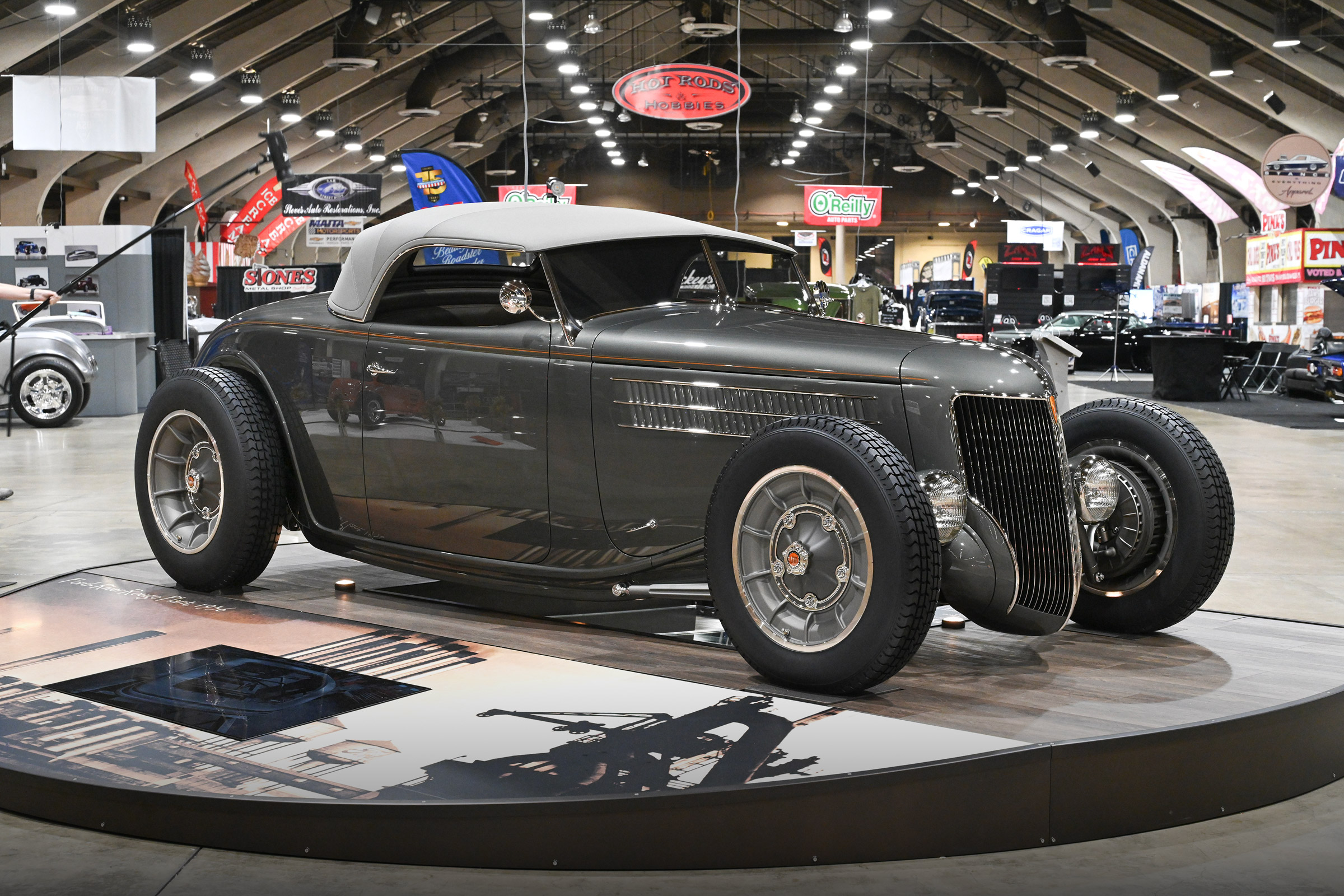
If you caught this machine in bare metal at the Rad Rides booth last year, you knew it was gonna be special. But now? Fully finished and flexing some seriously next-level craftsmanship, it’s the total package. From the hand-built body to the insane drivetrain and killer stance, this car just oozes cool.
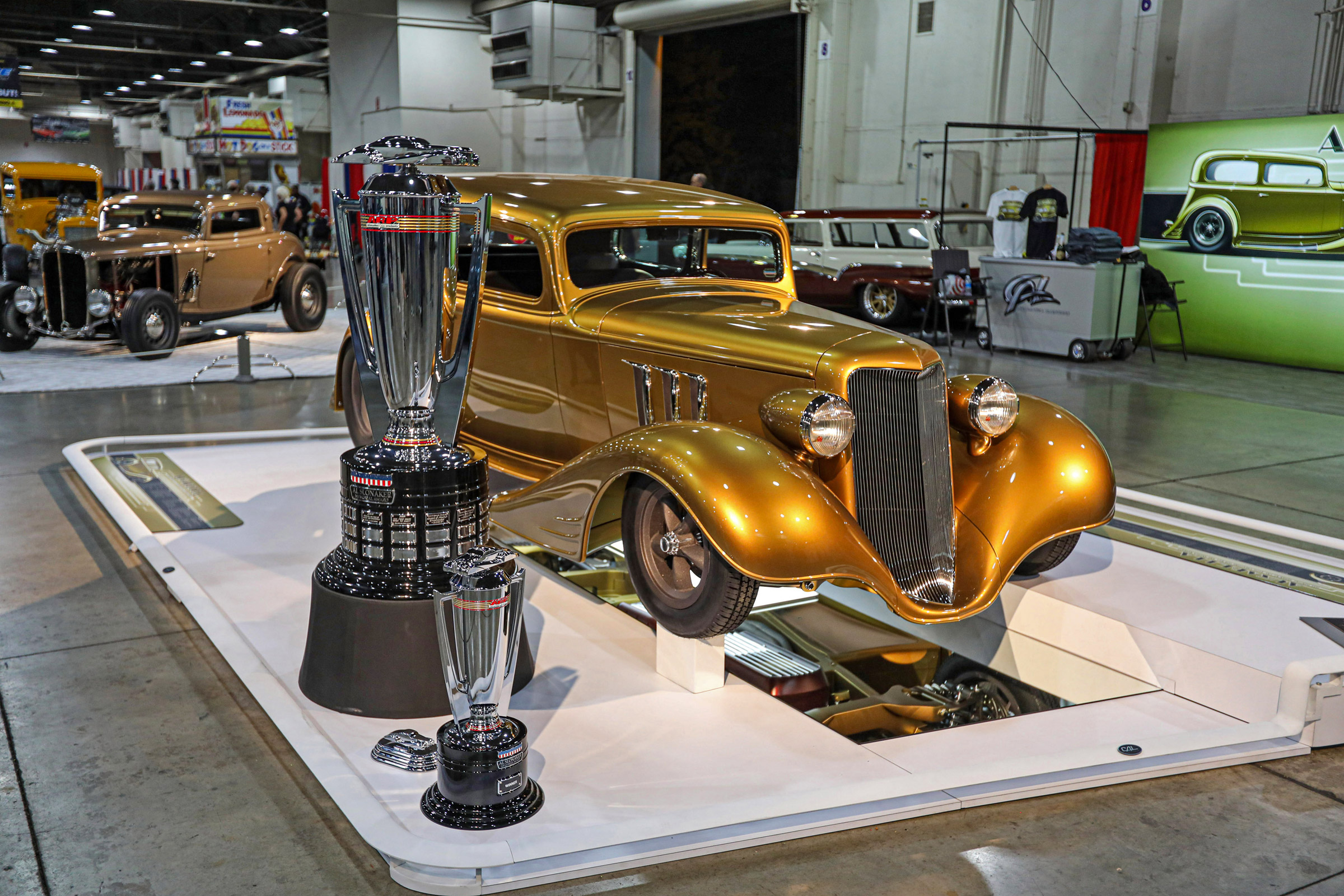
Boom! Andy Leach and the Cal Auto Creations crew have done it again, taking home the 2025 Al Slonaker Memorial Award with one of the slickest Pontiacs to ever roll through the Pomona Fairplex. This isn’t just another custom—it’s a full-blown, no-expense-spared masterpiece that took seven years to perfect.







